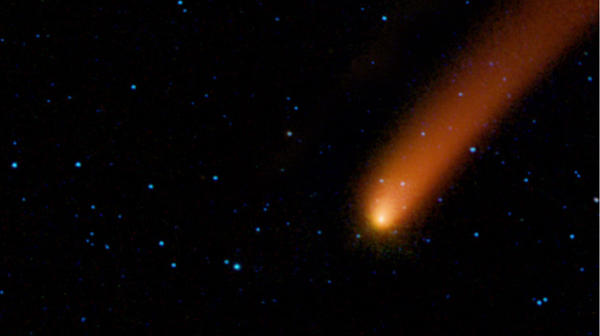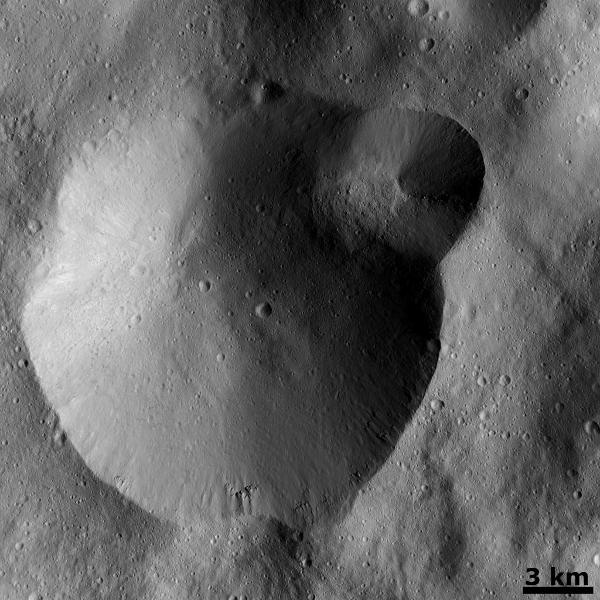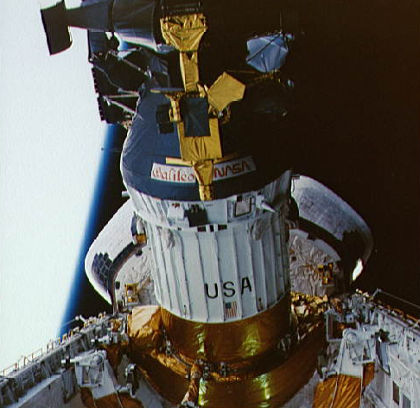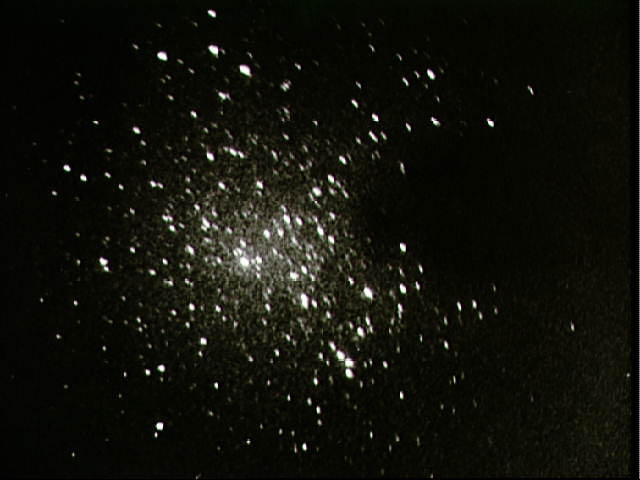Minos Linea on Jupiter’s moon Europa, is named after “Minos” in Greek mythology. Minos was a king of Crete and was the son of Europa and Zeus.
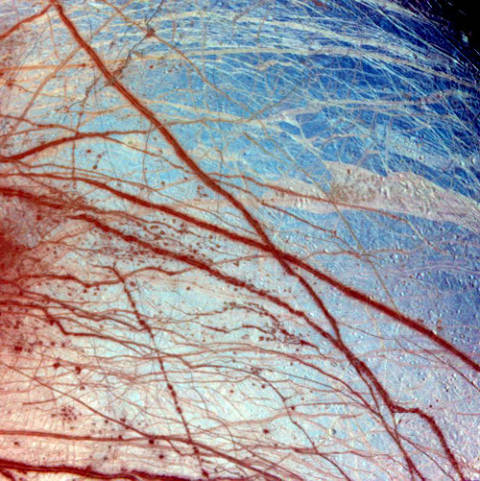
This false colour picture of Minos Linea on Europa was taken by the Galileo spacecraft on 28 June, 1996 and shows its triple bands, lineae and mottled terrains, which appear in brown and reddish tones. They appear to be red and brown due to the likely presence of contaminants in the ice. The icy plains can be seen behind them in bluish hues. This composite image was produced using images with effective wavelengths at 989, 757, and 559 nanometers.
